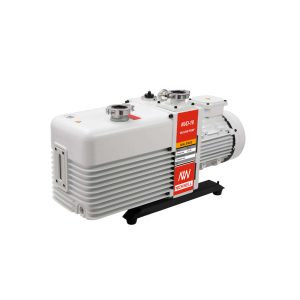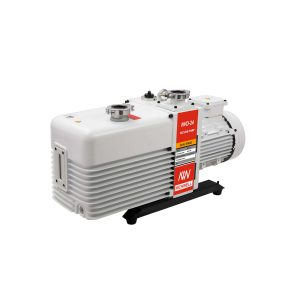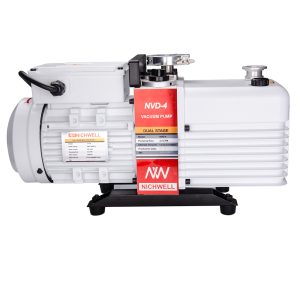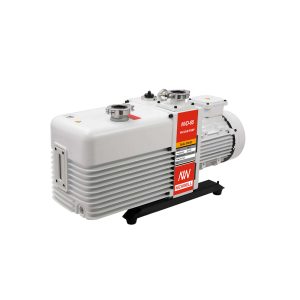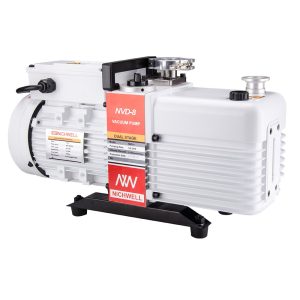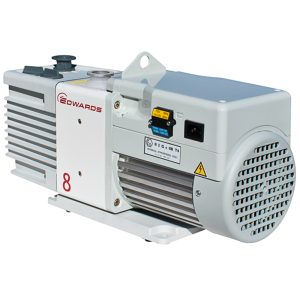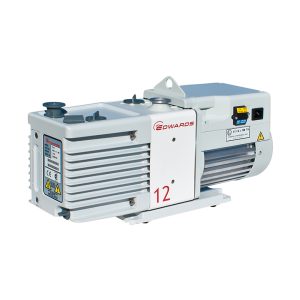Rotary Vacuum Pumps
A rotary vane pump is a positive-displacement pump. It consists of vanes mounted to a rotor. And the rotor rotates inside a cavity.
In some cases these vanes can have variable length. And they maintain contact with the walls as the pump rotates.
Charles C. Barnes of Sackville invented the rotary vane pump , New Brunswick, who patented it on June 16, 1874.
There have been various improvements. They are including a variable vane pump for gases (1909).
The rotary vane pumps are less suitable than other vacuum pumps. Because they are for high-viscosity and high-pressure fluids. And they are complex to operate, too.
They can endure short periods of dry operation. And people consider the rotary vane pump good for low-viscosity fluids.
A rotary vane vacuum pump is an oil-sealed rotary displacement pump. The pumping system
It consists of a housing, an eccentrically installed rotor, vanes. They move radially under spring.
Force and the inlet and outlet. The outlet valve is oil-sealed. People design the inlet valve as a vacuum safety valve. So it is always open during operation. The working chamber is located inside the housing. Rotor and vanes divide the working chamber into two separate spaces. The spaces having variable volumes. As the rotor turns, gas flows into the enlarging suction chamber until it is sealed off by the second vane. The enclosed gas is compressed. Until the outlet valve opens against
atmospheric pressure. In the case of gas ballast operation, you can open a hole to the outside. The hole empties into the sealed suction chamber on the front side.
The Rotor moves with the help of a motor attached to it.
Showing all 11 results
- Awesome display
- A phone that feels like the future
- Stunning camera
- It’s actually innovative
- Awfully placed fingerprint sensor
- Bixby is a bit of a dud

